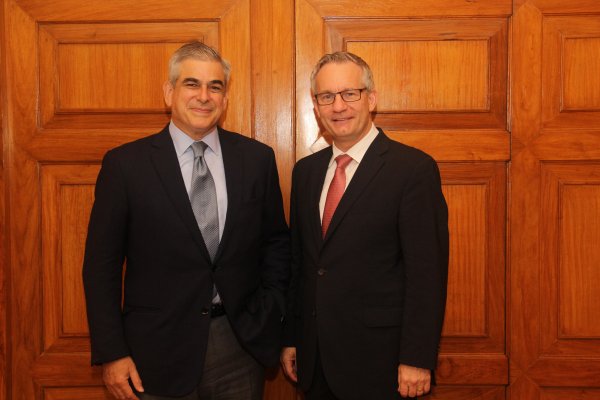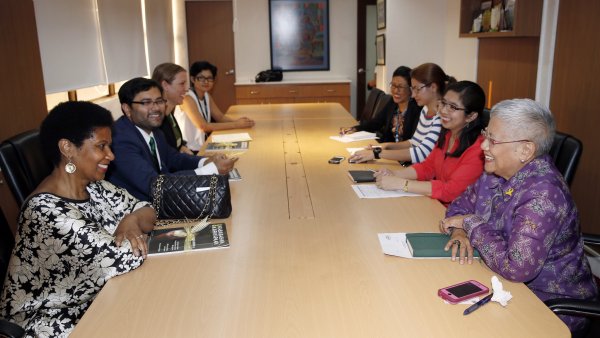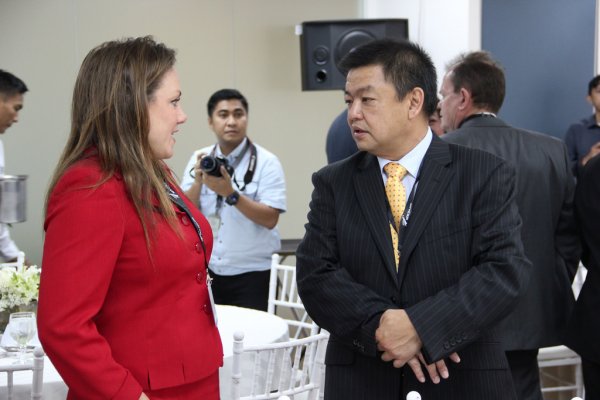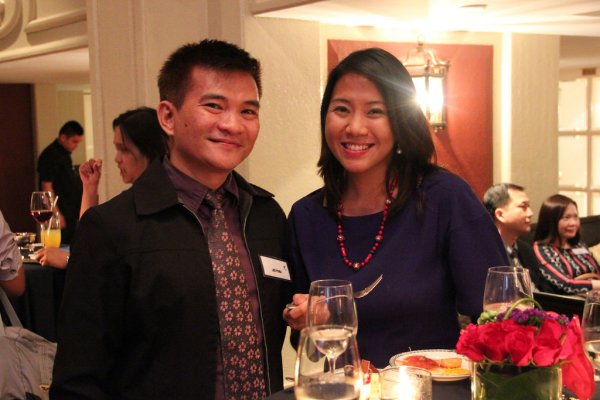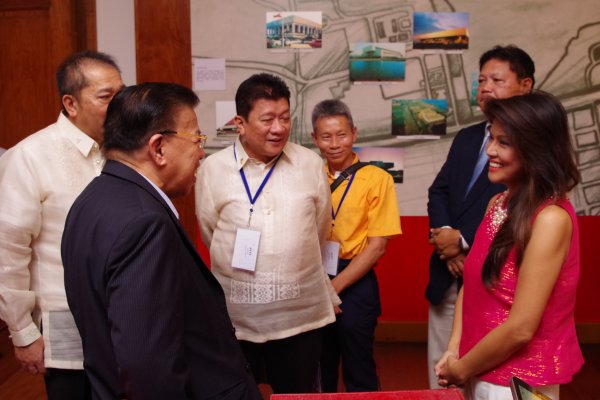Business Culture: The Business Experience
Business Style
Although Filipino business culture is immersed in Asian values, it has absorbed many Western values through the Roman Catholic Church and the legacy of United States colonial rule. As such, although the preference for saving face is still influential, Filipinos take a far more informal approach to interpersonal dealings than visitors will encounter in countries such as Japan or South Korea.
Still, the love of formality that Filipinos share will be immediately evident in their meeting style. Visitors enter the room in descending order of rank, passing out business cards in a receiving-line format. Expect to be seated in a well-appointed room with glistening furniture as you listen to a lengthy welcoming speech. Even simple business agreements are spoken of with great importance, as if they are major events. Visiting team leaders should also be prepared to deliver a few words at introductory meetings.
But before negotiations begin, expect lengthy socializing. Sometimes questions can get quite personal, but remember: this is not just an expression of nosiness, but of curiosity, as Filipinos value professional relationships. Once business talk begins, if any unpleasant topics need to be addressed, visitors may notice a local tendency to adjourn meetings and take a break, or notice that top managers are called away suddenly to address something "urgent." This saves face and buys time for consideration.
Appointments are required for meetings and should be made three to four weeks in advance. It is always a good idea to reconfirm a few days prior to the meeting. Avoid scheduling meetings the week before Easter, a celebrated holiday. Punctuality is absolutely expected, so take care to make sure you are on time.
English is widely used in the Philippines, especially for educational, governmental, and commercial purposes. In fact, Filipinos are the third-largest group of English-speaking people in the world, after the United States and United Kingdom. It is common to hear Filipinos use a mixture of English and Filipino words or phrases: “Taglish,” combining English and Tagalog. It is wise to brush up on some common Tagalog words before visiting in order to avoid confusion. A dwindling minority of Filipinos still speak Spanish, which at one time was the official language.
Relationship Building
The pace of doing business in the Philippines is leisurely, with meetings often bookended by small talk. Take care to arrive on time and stick around to converse with the locals, as this is integral to building strong relationships with your Filipino counterparts.
Face-to-face meetings are always preferred over telephone calls, e-mails, or letters, and are integral to building relationships. Putting your best image forward at all times will also help facilitate building business relationships, so choose sharp, conservative dress for your stay in the country.
Etiquette
Rank and power are very important in Filipino culture, as is evident in their style of introductions. Honoring the business hierarchy is very important, and visitors should take note in order to understand who the decision makers are. The etiquette of handshakes is similar to that of the West, although Filipinos may use a pat on the side of the arm as a gesture of hospitality or friendship. If there is a clear status differential between you and someone else at the meeting—such as a senior executive—it is probably best to let him or her offer the handshake first.
Business cards are very important to Filipinos and are normally exchanged the moment people are introduced. Be sure your business card includes a title, and be prepared for senior level executives to give business cards only to those of similar rank, or, if they do give out cards to those of lower rank, for the cards to include only name and title. This is a way of saying, “Don’t call me, I’ll call you” without showing any disrespect. Present a business card with two hands, holding the card so that it is readable to the recipient. When on the receiving end, be sure to examine the card briefly before placing it in your card case.
Article written for World Trade Press by Libby Zay.
Copyright © 1993—2025 World Trade Press. All rights reserved.

 Philippines
Philippines 